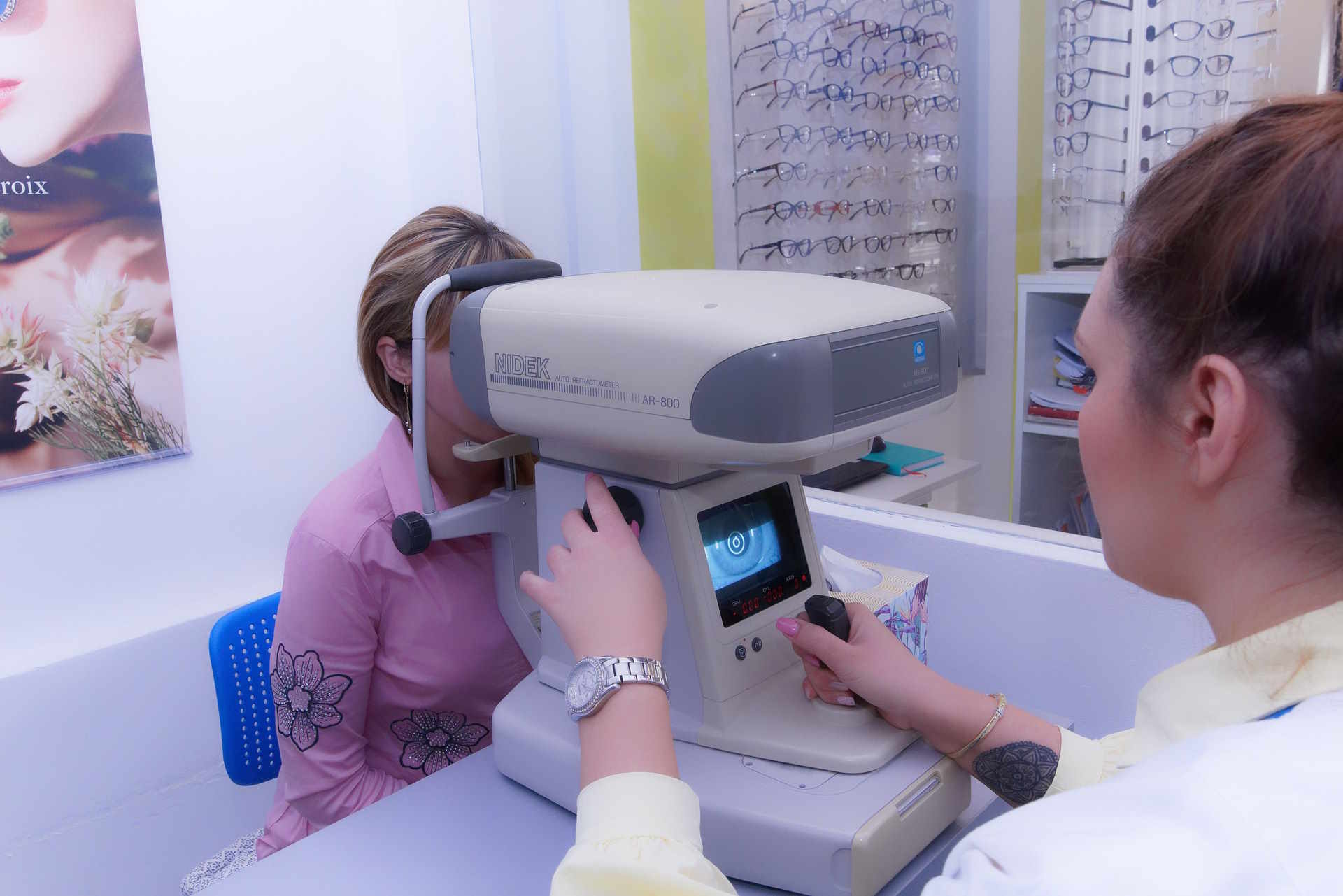LASIK Eye Surgery: How It May Improve Eyesight in a 30-Minute Procedure
Modern LASIK eye surgery is widely discussed for its ability to help improve eyesight through a fast, streamlined procedure—often completed in under 30 minutes. With advancements in laser technology, the treatment has become more precise and more accessible than in earlier years. This guide explains how the modern process works, what the experience typically involves, and the key points adults review before considering it.

LASIK eye surgery represents a significant advancement in corrective vision procedures, combining precision laser technology with quick recovery times. For individuals who rely on glasses or contact lenses daily, LASIK offers a potential alternative that may reduce or eliminate dependence on corrective eyewear. The procedure has evolved considerably since its introduction, with modern techniques incorporating advanced diagnostic tools and laser systems that customize treatment to each patient’s unique corneal structure.
The appeal of LASIK extends beyond convenience. Many people find that improved vision enhances their quality of life, from participating in sports without worrying about glasses to waking up with clear sight. However, like any medical procedure, LASIK requires careful consideration, proper candidacy assessment, and realistic expectations about outcomes.
How Modern LASIK Works and What the Procedure Involves
LASIK, which stands for Laser-Assisted In Situ Keratomileusis, works by reshaping the cornea—the clear front surface of the eye—to correct how light enters and focuses on the retina. The procedure begins with the creation of a thin flap in the corneal surface, traditionally done with a microkeratome blade but now more commonly performed using a femtosecond laser for greater precision.
Once the flap is created and gently lifted, an excimer laser removes microscopic amounts of corneal tissue according to a pre-programmed pattern based on the patient’s prescription. This reshaping allows light to focus properly on the retina, correcting refractive errors. For nearsightedness, the laser flattens the cornea; for farsightedness, it steepens the central cornea; and for astigmatism, it smooths an irregular cornea into a more normal shape.
The entire laser treatment typically takes less than a minute per eye, though the complete procedure, including preparation and post-treatment checks, usually lasts about 30 minutes for both eyes. Patients remain awake throughout, with numbing eye drops preventing discomfort. The corneal flap is then repositioned, where it adheres naturally without stitches. Most people experience improved vision within 24 hours, with continued stabilization over the following weeks.
Why LASIK Is Known for Speed, Precision, and Advanced Technology
The reputation LASIK has earned for speed and precision stems from continuous technological refinements over the past two decades. Modern LASIK procedures utilize wavefront-guided or topography-guided technology, which creates a detailed map of the eye’s unique imperfections. This customization allows surgeons to address not only standard refractive errors but also higher-order aberrations that affect vision quality.
Computer-controlled excimer lasers operate with extraordinary accuracy, removing tissue in quantities measured in microns—far thinner than a human hair. Eye-tracking systems monitor eye movements during the procedure, automatically adjusting the laser position to maintain precision even if the patient’s eye shifts slightly. This combination of mapping technology, laser accuracy, and real-time tracking contributes to the high success rates and patient satisfaction associated with modern LASIK.
The speed of the procedure itself offers practical benefits. The brief treatment time minimizes patient anxiety and reduces the duration of corneal exposure. Quick visual recovery means many patients return to normal activities within a day or two, though complete healing and vision stabilization may take several weeks to a few months.
Key Considerations When Exploring LASIK for Improved Eyesight
While LASIK offers significant benefits, not everyone qualifies as an ideal candidate. A thorough pre-operative evaluation assesses factors including corneal thickness, pupil size, refractive stability, and overall eye health. Individuals with certain conditions such as keratoconus, severe dry eye, or unstable prescriptions may not be suitable candidates. Age also plays a role, as most surgeons recommend waiting until the mid-20s when vision has stabilized.
Potential risks and side effects, though relatively uncommon, should be understood. These may include dry eyes, glare, halos around lights, under-correction or over-correction, and in rare cases, vision loss. Most side effects are temporary and resolve within weeks or months, but some patients may experience persistent symptoms requiring additional treatment.
Realistic expectations are essential. While many patients achieve 20/20 vision or better, results vary based on individual factors. Some may still require glasses for certain activities like reading or night driving, particularly as they age and presbyopia develops. LASIK does not prevent age-related eye conditions such as cataracts or macular degeneration.
| Provider/Clinic Type | Procedure Cost Estimation | Key Considerations |
|---|---|---|
| Private Eye Clinics (Major Cities) | £1,200 - £2,500 per eye | Established reputation, experienced surgeons, modern equipment |
| Regional Private Providers | £800 - £1,800 per eye | Competitive pricing, varying technology levels |
| Teaching Hospitals | £1,000 - £2,000 per eye | Academic setting, supervised procedures, research involvement |
| Premium Laser Centres | £2,000 - £3,000 per eye | Latest wavefront technology, lifetime enhancement policies |
Prices, rates, or cost estimates mentioned in this article are based on the latest available information but may change over time. Independent research is advised before making financial decisions.
Cost considerations represent a significant factor for many considering LASIK. In the United Kingdom, prices vary considerably based on location, clinic reputation, surgeon experience, and technology used. Most procedures are not covered by NHS services as they are considered elective, though some private insurance plans may offer partial coverage. Many clinics offer financing options to make the procedure more accessible.
When comparing providers, cost should not be the only determining factor. Surgeon qualifications, clinic accreditation, technology available, and post-operative care quality all contribute to successful outcomes. Researching patient reviews, asking about enhancement policies, and understanding what is included in the quoted price helps ensure informed decision-making.
Recovery and Long-Term Outcomes
Recovery from LASIK is generally swift compared to other surgical procedures. Most patients experience some discomfort, tearing, and light sensitivity immediately following surgery, but these symptoms typically subside within hours. Vision often improves noticeably by the next day, though fluctuations are normal during the healing process.
Follow-up appointments monitor healing and vision stabilization. Patients receive specific instructions about eye drops, activity restrictions, and protecting eyes from injury during the initial healing period. Most can return to work within a day or two, though strenuous activities and swimming are usually restricted for a few weeks.
Long-term studies show that LASIK results are generally stable, with most patients maintaining improved vision years after the procedure. However, natural age-related changes in vision will still occur. Some patients may eventually require reading glasses for presbyopia, and a small percentage may benefit from enhancement procedures if vision regresses.
The decision to undergo LASIK is personal and should be made after comprehensive consultation with a qualified ophthalmologist. Understanding the procedure, its benefits, limitations, and potential risks enables individuals to determine whether LASIK aligns with their vision goals and lifestyle needs. For many, the investment in clearer vision without corrective lenses proves life-changing, offering freedom and convenience that extend well beyond the 30-minute procedure itself.




